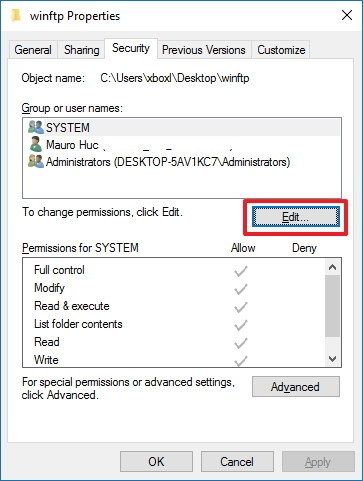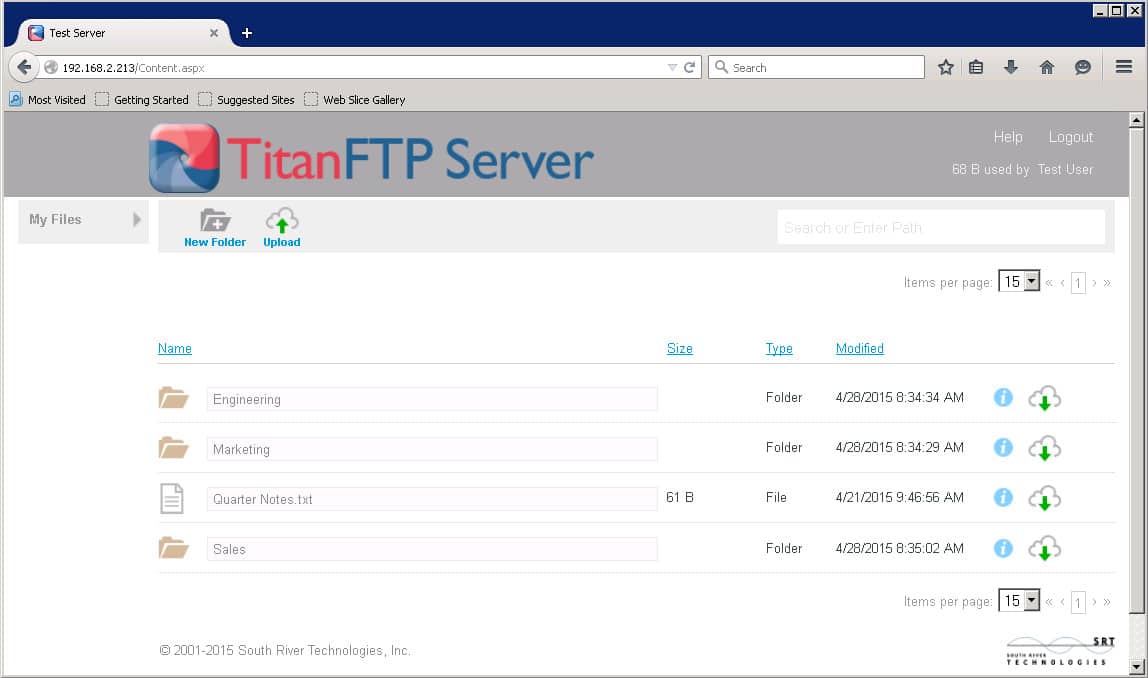
(As of this writing, Microsoft hasn't confirmed it is an issue). It is, nevertheless, a serious bug that at present has no patch. I think that would be difficult in this case, but time will tell. As with any memory corruption bugs, it is theoretically possible to use this to gain access to the server with the permissions of the user that is running IIS. This bug will work pre-authentication.įrom the looks of it, it is a pure remote exploit that's chief use would be denial of service. The HelpSystems blog and Cerberus articles, linked below, contain more recommendations and details.A 0-day exploit has been published at exploit-db (see US-Cert advisory) that takes advantage of a memory corruption vulnerability in IIS 7.5's FTP service.

In a Distributed Denial of Service (DDoS) attack, the attacker uses an army of unwitting third party servers to all attack the victim at the same time. A Denial of Service attack is when an attacker tries to overwhelm a victim’s server by flooding it with requests. Why is it a risk?įTP, by default, performs no encryption allowing an attacker to eavesdrop on a connection to collect login credentials and files.Īll file transfers inherently create the risk that a file could be transferred that contains malicious content.Ĭareless management of an FTP server may provide an attacker with access to execute code or overwrite important files.īy its very nature, FTP is susceptible to DoS and DDoS attacks. SFTP (like Secure Shell – SSH) uses port 22.Įach of these protocols have numerous features for example, an FTP client may request a secure connection or an SFTP server might be set up to grant access to anonymous users.

Secure File Transport Protocol (SFTP) provides the same security protections as FTPS, but in an entirely different manner. De/encryption is performed by Transport Layer Security (TLS), the latest incarnation of Secure Socket Layer (SSL). Recently, major browser vendors have disabled FTP support it now requires a separate, dedicated FTP client program.įile Transfer Protocol SSL (FTPS) allows the encryption of either the command channel, the data channel or both.

FTP uses ports 20 and 21.įTP does not encrypt file transfers OR login credentials. It is used to transfer files from one computer to another on a network. File Transfer Protocol (FTP), first introduced in 1971, is one of the oldest Internet protocols.


 0 kommentar(er)
0 kommentar(er)
